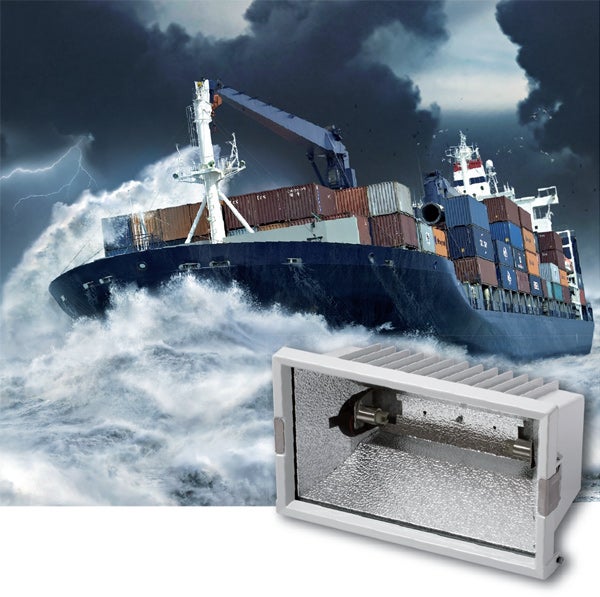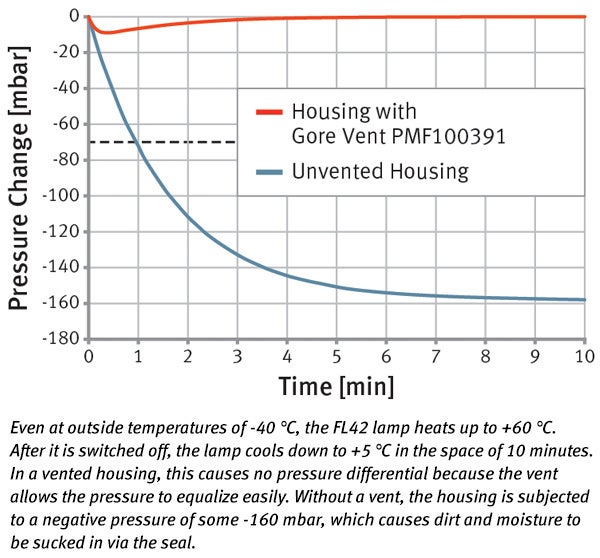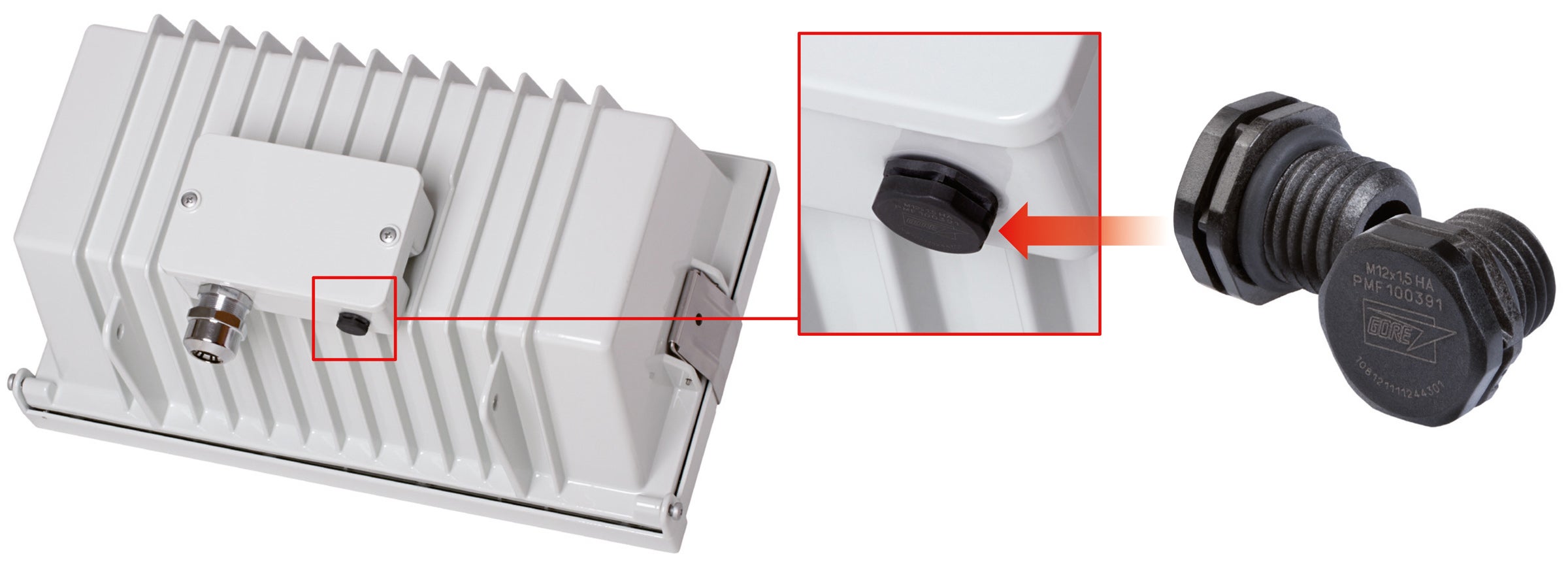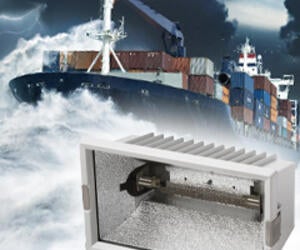Halogen Lamp Withstands Extreme Weather Conditions On Deck
Case Studies, United States
Floodlights used on ships such as fishing trawlers, container ships, pilot boats, and ferries must be able to withstand particularly rough weather conditions. The FL42 halogen lamp developed by WE-EF is used by ship equipment suppliers around the world to provide on-deck lighting that can cope with temperatures as low as −40°C.
Situation

Floodlights used on ships such as fishing trawlers, container ships, pilot boats, and ferries must be able to withstand particularly rough weather conditions. The FL42 halogen lamp developed by WE-EF is used by ship equipment suppliers around the world to provide on-deck lighting that can cope with temperatures as low as −40°C. Since halogen lamps are inexpensive, reliable, and easy to maintain they remain a popular choice for this particular application. Standardized halogen lamps are available worldwide as replacement parts and have a shorter ignition time than other lighting technologies. In addition, any ice that builds up on them dissipates very quickly, and they can be used to illuminate ships even when outside temperatures are extremely cold.
Challenge
Halogen lamps are a lot less efficient than their LED-technology counterparts, converting up to 95% of the energy they consume into heat. At an ambient temperature of −40°C, halogen luminaire housings can reach temperatures of up to 60°C. The hotter the lamp gets, the more the air inside its housing expands and the greater the internal pressure that causes air to escape through the seal. As soon as the lamp is switched off, the air cools — rapidly in some cases, depending on the outside temperature. This temperature change causes a vacuum inside the luminaire housing. This pressure can easily reach values of up to −160 mbar, which is enough to prevent maintenance technicians from being able to open the luminaire by hand. The vacuum also sucks air and moisture into the housing through the seal. Over time, seals become so fatigued that they let water, dust, and other particulates in which can lead to corrosion that can destroy the socket of the floodlight. "We received several complaints, and were faced with having to decide between discontinuing the product line and modernizing the technology to make it state of the art," says Peter Oetjens, Head of Engineering at WE-EF. "Given the great success of the vents we’ve integrated into all our newer products, selecting a venting membrane made by Gore was the obvious next step for us."
Solution
The vent had to be easy to integrate into the existing luminaire design and able to permanently withstand the large temperature differences and extreme weather conditions to which the luminaire would be subjected. A glue-bonded structure was ruled out since the existing luminaire design would not protect it from the elements, allowing hail and other environmental conditions to quickly destroy the membrane. "GORE® Screw-in Vents provide a much more reliable solution in cases such as this because the sensitive ePTFE membrane is permanently protected by the polyamide housing.

"Gore’s solution offers us the ideal blend of cost efficiency and robustness to meet our requirements for this application," says Peter Oetjens. "We didn't consider using products made by anyone else because, given the specified flow rates, differential-pressure data and IP classes, we felt there was too great a risk that the existing problem would not be solved. But we'd already had very good results using GORE® Screw-in Vents in other exterior luminaires." How the membrane is attached is a crucial factor in the product's success. "The Gore membrane is attached inside the polyamide housing in such a way that it cannot detach," explains Peter Oetjens. "We’re very satisfied with this pressure equalization solution, and we haven’t received any more product returns."

GORE Protective Vents are available in many different sizes and designs and can be easily integrated into new or existing design structures. The screw-in PolyVent M12 x 1.5 HA reliably protects the FL42 halogen lamp made by WE-EF from the most adverse weather conditions and temperature differences.
FOR INDUSTRIAL USE ONLY
Not for use in food, drug, cosmetic or medical device manufacturing, processing, or packaging operations.
